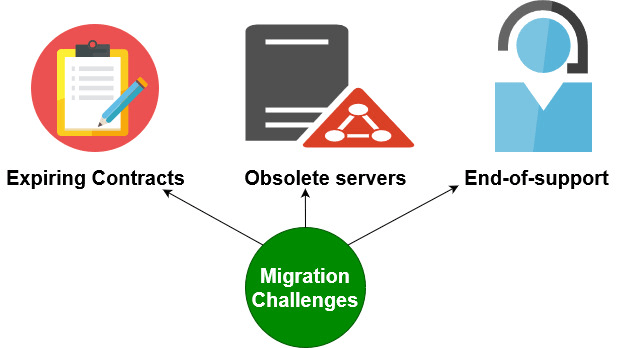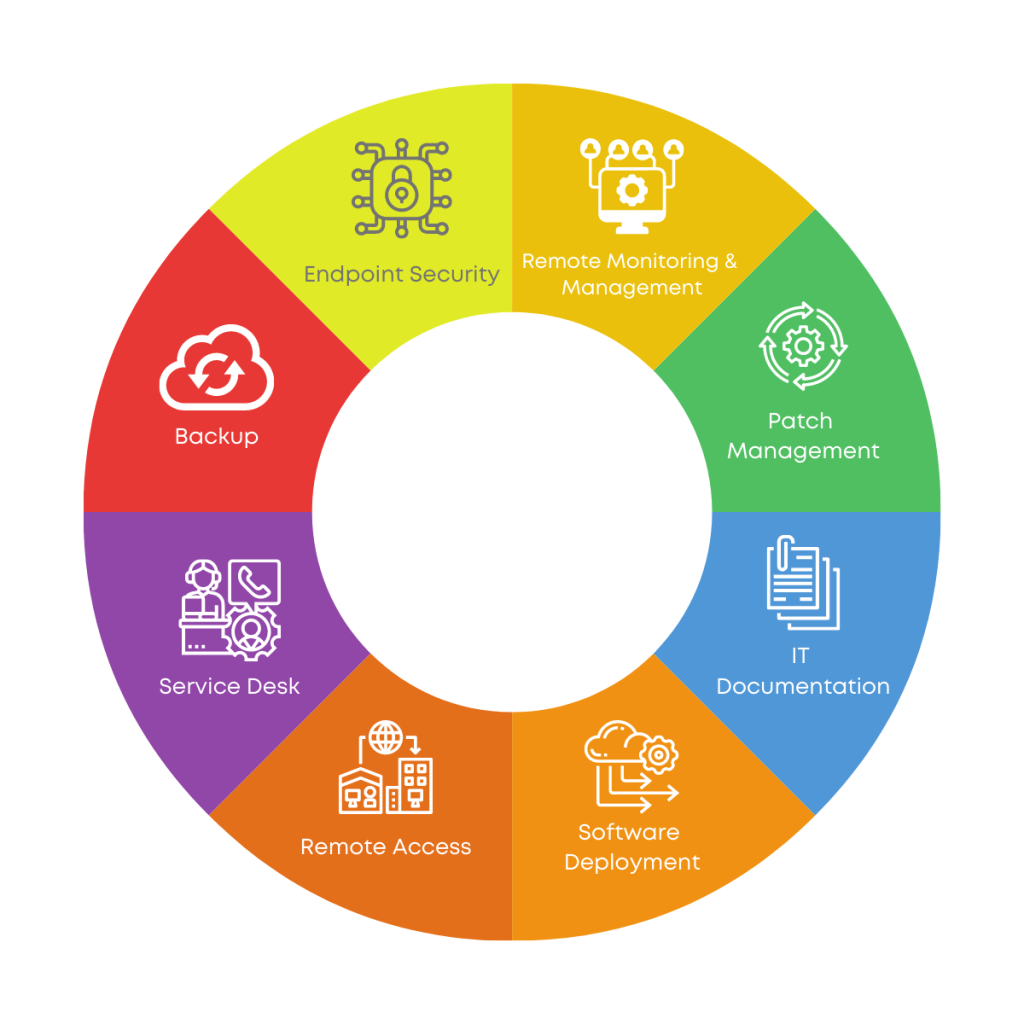
- Introduction to Azure Traffic Manager
- How Azure Traffic Manager Works
- Key Features of Azure Traffic Manager
- Traffic Routing Methods
- Common Use Cases
- How to Set Up Azure Traffic Manager
- Benefits of Using Azure Traffic Manager
- Monitoring and Management
- Conclusion
Introduction to Azure Traffic Manager
Azure Traffic Manager is a powerful cloud-based traffic routing service that enhances the performance, availability, and resilience of applications hosted across multiple regions. By leveraging DNS-based load balancing, it ensures users are directed to the most optimal service endpoint based on predefined routing methods, such as priority, geographic, performance, weighted, or multi-value. This flexibility allows businesses to maintain seamless user experiences even in the event of regional outages or service disruptions. One of the key advantages of Azure Traffic Manager is its ability to integrate with various Azure services, including Azure App Services, Virtual Machines, and cloud-based APIs, ensuring dynamic and intelligent traffic distribution, a concept thoroughly covered in Microsoft Azure Training. Additionally, it supports automatic failover, meaning if a primary endpoint becomes unavailable, traffic is rerouted to a secondary endpoint, minimizing downtime and improving application reliability. Azure Traffic Manager also provides real-time monitoring and health checks to assess the availability and responsiveness of endpoints. This proactive approach allows organizations to detect issues early and maintain uninterrupted service delivery. Furthermore, its global reach makes it ideal for enterprises with a distributed user base, helping to optimize latency and ensure fast response times regardless of location. By utilizing Azure Traffic Manager, businesses can achieve scalable, resilient, and highly available cloud applications.
To Explore Azure in Depth, Check Out Our Comprehensive Azure Training To Gain Insights From Our Experts!
How Azure Traffic Manager Works
Azure Traffic Manager utilizes the Domain Name System (DNS) to intelligently route client requests to the most suitable service endpoint based on a predefined routing method, an essential concept in understanding different Cloud Deployment Models for optimizing application performance and availability. It supports various Azure services, including Azure App Services, Virtual Machines, and Cloud Services, as well as external and on-premises services.
Process Flow of Azure Traffic Manager:
Client Request Initiation- A user sends a request to access an application hosted on Azure. DNS Query Reception
- Azure Traffic Manager receives the DNS query for the application’s domain name. Routing Method Evaluation
- The service evaluates the request based on the configured traffic routing method.
- Priority Routing (Directs traffic to a primary endpoint with failover options).
- Performance Routing (Routes users to the lowest-latency endpoint).
- Geographic Routing (Directs traffic based on the user’s location).
- Weighted Routing (Distributes traffic across multiple endpoints based on assigned weights).
- Multi-Value Routing (Returns multiple healthy endpoints for redundancy).
- Based on the routing method, Azure Traffic Manager selects the most appropriate endpoint for the request. IP Address Resolution
- The IP address of the selected endpoint is returned to the client. Direct Client Connection
- The client then connects directly to the assigned endpoint for seamless service access.

Key Features of Azure Traffic Manager
Global Load Balancing is a critical component in modern cloud architectures, ensuring optimal performance, availability, and resilience for applications deployed across multiple locations worldwide. By intelligently routing traffic based on geographic proximity, latency, or custom-defined policies, it enhances user experience and reduces downtime. Organizations can leverage different Traffic Routing Options, including performance-based routing, geo-routing, and weighted traffic distribution, to tailor their load-balancing strategies to specific operational needs. A robust Health Monitoring system continuously checks endpoint status to prevent traffic from being sent to unresponsive or degraded services, thereby maintaining high availability, a concept that can be further understood with the Ultimate Guide to Ethernet Networks, which helps in managing network performance and connectivity. When disruptions occur, Failover Support automatically redirects users to healthy endpoints, minimizing service interruptions and improving reliability. This proactive failover mechanism is essential for mission-critical applications that require uninterrupted access. Modern enterprises often operate in diverse environments, making Multi-Cloud and Hybrid Support crucial. Global Load Balancing extends beyond Azure, seamlessly integrating with on-premises infrastructure, AWS, Google Cloud, and other cloud platforms. Furthermore, it integrates effortlessly with Azure services such as Virtual Machines, App Services, and Kubernetes, providing a unified and scalable traffic management solution. With intelligent traffic control and automated failover, businesses can ensure seamless connectivity, improve disaster recovery, and optimize application performance across distributed environments
To Earn Your Azure Certification, Gain Insights From Leading Azure Experts And Advance Your Career With ACTE’s Azure Training Today!
Traffic Routing Methods
Azure Traffic Manager offers six advanced traffic routing methods to ensure efficient distribution of user requests across multiple endpoints, improving performance, availability, and disaster recovery. Each method caters to different business needs, allowing organizations to build resilient and scalable applications.
- Priority Routing – This method directs all traffic to a primary endpoint, ensuring a single point of access for users. If the primary endpoint becomes unavailable, Traffic Manager automatically redirects requests to a backup endpoint, making it an excellent choice for disaster recovery setups and high-availability applications.
- Weighted Routing – Organizations can distribute traffic across multiple endpoints based on predefined weight values. This approach is ideal for A/B testing, gradual feature rollouts, and traffic load distribution, allowing businesses to test updates before a full-scale deployment.
- Performance Routing – To minimize latency and enhance responsiveness, the Traffic Manager directs users to the nearest or fastest endpoint based on real-time network conditions, a key feature explored in Microsoft Azure Training. This method is particularly beneficial for global applications requiring high-speed performance and reduced load times.
- Geographic Routing – Designed for regulatory compliance and localized user experiences, this method routes traffic based on the user’s location. It ensures that users in different regions connect to geographically relevant endpoints, adhering to data residency laws and improving regional service availability.
- Multi-Value Routing – When a DNS query is received, the Traffic Manager returns multiple healthy endpoints, improving redundancy and load balancing. This method is useful for distributed applications requiring fault tolerance and dynamic load-sharing across endpoints.
- Subnet Routing – Traffic is directed based on the client’s IP address or subnet, allowing businesses to implement custom routing rules. This is beneficial for enterprise networks, VPN users, and specific customer groups requiring dedicated routes to ensure personalized service delivery.
Common Use Cases
Azure Traffic Manager plays a crucial role in ensuring disaster recovery and failover, automatically redirecting traffic to a backup site in case the primary site experiences downtime. This guarantees high availability, minimizing service disruptions and improving business continuity. By optimizing performance, Traffic Manager significantly reduces latency by directing users to the nearest or fastest available endpoint. This ensures a seamless and responsive experience, making it ideal for applications that require real-time interactions or low-latency performance. In addition to performance enhancements, Traffic Manager supports multi-cloud and hybrid deployments, enabling organizations to integrate on-premises infrastructure with third-party cloud services, a capability that complements Understanding Containers in Cloud Computing for seamless application deployment across diverse environments. This flexibility allows businesses to adopt the best deployment strategy while maintaining interoperability between different cloud providers. Furthermore, the Traffic Manager efficiently balances traffic across multiple regions, distributing user requests evenly across data centers. This optimizes resource utilization, preventing server overload and ensuring a consistent user experience, even during peak traffic periods. For organizations focused on continuous integration and deployment, Traffic Manager facilitates A/B testing and canary deployments through weighted routing. This allows businesses to gradually roll out new features, test updates on a limited audience, and monitor performance before a full-scale release. By implementing these intelligent traffic management strategies, organizations can enhance application resilience, improve user experiences, and maintain operational efficiency across global infrastructures.
Looking to Master Cloud Computing? Discover the Cloud Computing Masters Course Available at ACTE Now!
How to Set Up Azure Traffic Manager
-
Step 1: Create a Traffic Manager Profile
- Sign in to the Azure Portal.
- Search for Traffic Manager Profiles and click Create.
- Enter a unique DNS name, select a Routing method, and choose a Resource group.
- Click Create to deploy the profile. Step 2: Add Endpoints
- Open the Traffic Manager profile.
- Click Endpoints > Add.
- Select the endpoint type (Azure service, external, or nested).
- Enter the necessary details and click OK. Step 3: Configure Health Checks
- Define monitoring settings (protocol, port, and path) to check endpoint health.
- Set the failure response to ensure traffic is redirected during outages. Step 4: Test and Deploy
- Use Azure Monitor and Log Analytics to track traffic patterns.
- Adjust routing settings if needed for optimal performance.
Benefits of Azure Traffic Manager
Azure Traffic Manager is a powerful cloud-based traffic routing service that enhances application availability, optimizes performance, and ensures seamless user experiences, highlighting the Differences Between On-Premise and Cloud Solutions in terms of scalability, flexibility, and performance optimization. With its intelligent traffic distribution mechanisms, it guarantees high availability by automatically redirecting traffic to healthy endpoints during failures, preventing service disruptions. This failover capability ensures that users always have uninterrupted access to applications, making it a crucial component for mission-critical workloads. In addition to availability, Azure Traffic Manager significantly reduces latency by directing users to the nearest or fastest-performing endpoint based on network conditions. By minimizing response times, businesses can enhance user experiences, particularly for applications that require real-time interactions. The service also optimizes resource utilization by distributing incoming traffic across multiple endpoints, preventing overloading and ensuring an even workload distribution. This helps organizations make the most of their infrastructure while maintaining optimal performance. With its global reach, Azure Traffic Manager supports applications deployed across multiple Azure regions, on-premises environments, and hybrid cloud setups, enabling businesses to build resilient, geo-distributed architectures. It continuously monitors endpoint health, automatically detecting downtime and rerouting traffic to maintain uninterrupted service.
Monitoring and Management
Azure Traffic Manager includes built-in monitoring tools to help track performance and endpoint health, which is essential for managing traffic across Public, Private & Hybrid Cloud environments to ensure optimal performance and reliability. These tools ensure efficient traffic distribution and help in troubleshooting issues:
-
Monitoring Tools
- Azure Monitor – Tracks endpoint health, response times, and overall performance, allowing organizations to detect performance bottlenecks.
- Log Analytics – Provides detailed insights into traffic patterns, helping administrators analyze data trends and optimize routing strategies.
- Alerts and Notifications – Sends real-time alerts for endpoint failures, unusual traffic behavior, or performance degradation, ensuring quick incident response and resolution.
-
Pricing and Cost Considerations
- DNS Queries – Charges depend on the number of DNS queries handled by Traffic Manager.
- Health Check Probes – Costs are incurred based on the number of health probes sent to monitor endpoint availability and responsiveness.
- Geographic Distribution – Pricing varies depending on the regional distribution of requests, as global applications generate traffic from multiple locations.
- No Additional Infrastructure – Azure Traffic Manager is fully managed, eliminating the need for extra hardware or maintenance.
- Scalability – Pay-as-you-go pricing ensures organizations only pay for the traffic they use, making it a cost-effective solution.
- Cost Estimation – Businesses can estimate their expenses using the Azure Pricing Calculator, helping them budget for their cloud resources efficiently.
Azure Traffic Manager pricing is based on multiple factors that impact cost-effectiveness and scalability:

Go Through These Azure Interview Questions And Answers to Excel in Your Upcoming Interview.
Conclusion
Azure Traffic Manager is a powerful, DNS-based traffic routing solution that helps improve application availability, performance, and scalability. By offering multiple routing methods, it ensures that traffic is directed efficiently to the best available endpoint, a capability covered in-depth in Microsoft Azure Training. Whether you need failover support, performance optimization, or global load balancing, Azure Traffic Manager provides a reliable and cost-effective solution for managing application traffic. It seamlessly integrates with Azure services, supports multi-cloud and hybrid environments, and enhances disaster recovery strategies by automatically rerouting traffic during failures. With built-in health monitoring and intelligent traffic distribution, it optimizes user experiences while reducing downtime. Start leveraging Azure Traffic Manager today to enhance your cloud infrastructure and deliver seamless user experiences worldwide!





